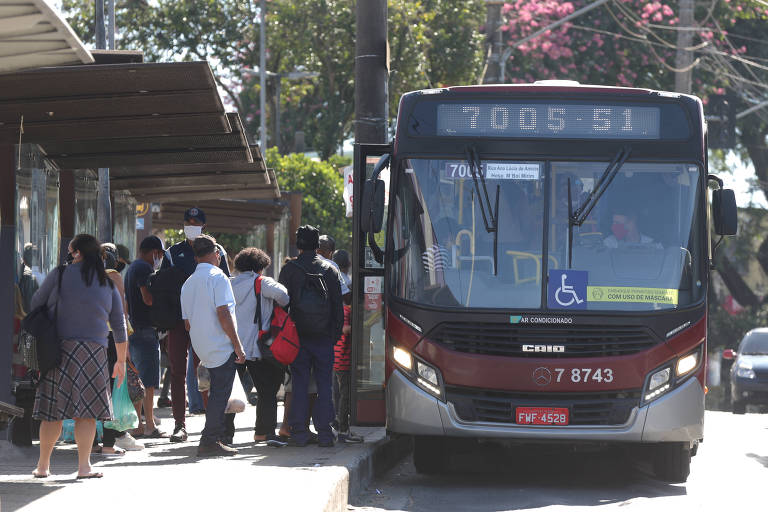Two months and two days after Brazil’s confirmed its first known novel coronavirus death, almost a third of the Covid-19 deaths lack racial information in national statistics. Racial identities are divided between white, brown, black, yellow (Asian), and indigenous on government records.
Of the 9,897 who died by May 8, 2,896 were of unknown race or 29%. When considering hospitalizations, it adds up to 10,406 of the 27,086 hospitalized (38%).
Cases, in general, are not even separated by race in the weekly epidemiological bulletins from the Ministry of Health. They only started to include racial data on April 11.
The few data indicate that the virus, which started to affect mostly whites, today victimizes blacks in the same proportion. Whites correspond to 34% of deaths up to May 8 (3,339 people) and blacks and browns, 35% (3,508).
A month earlier, the proportion was 40% among whites and 22% among blacks, and even greater underreporting, 36%. Now, the numbers are closer to the reality of the country, which has a black majority.
For the doctor Denize Ornelas, of the Brazilian Society of Family and Community Medicine, the increase probably occurred because the first people infected by the novel coronavirus were those traveling abroad, and thus people who had greater purchasing power and more access to tests. Now the pandemic is advancing to the peripheries, where many need to leave to work.
Translated by Kiratiana Freelon
